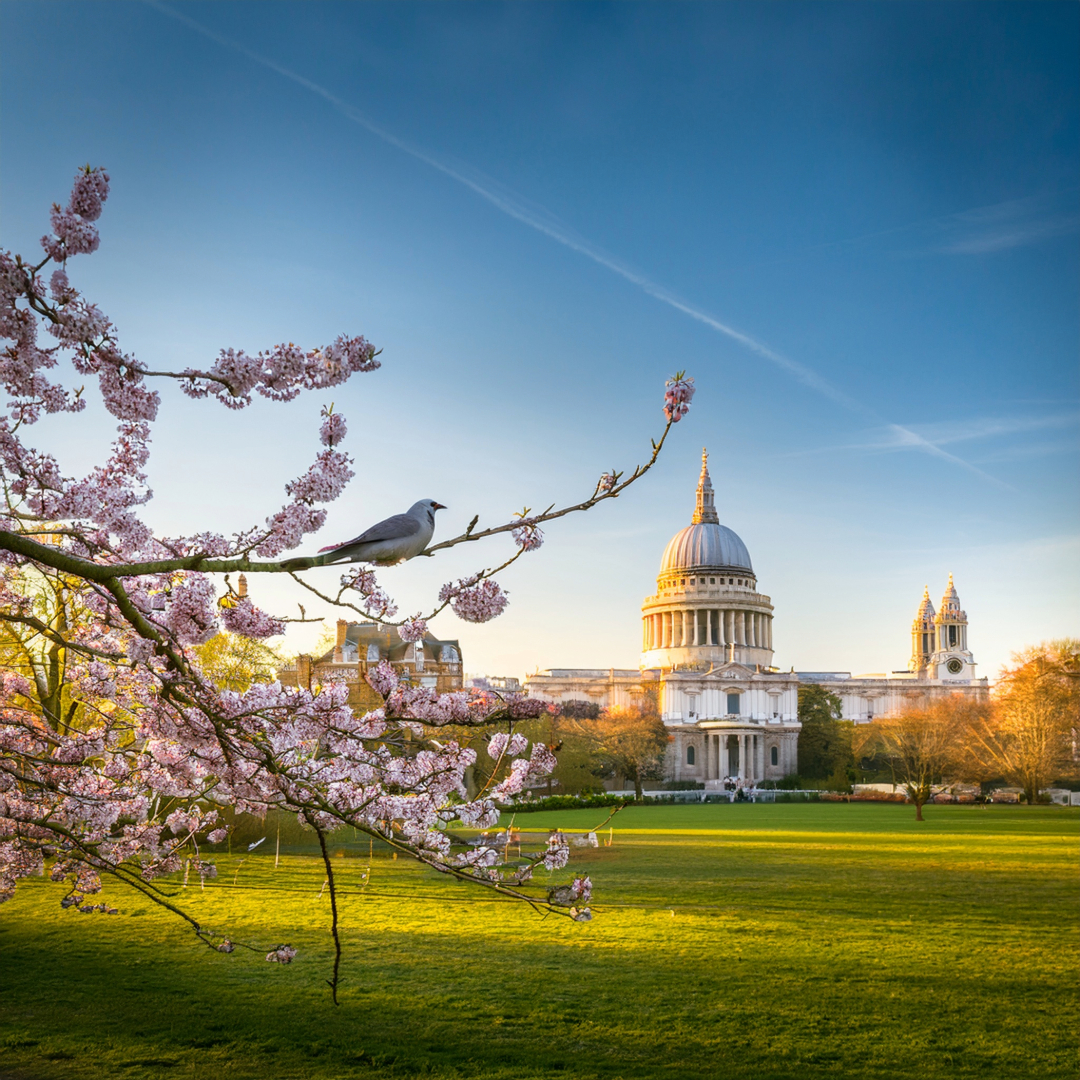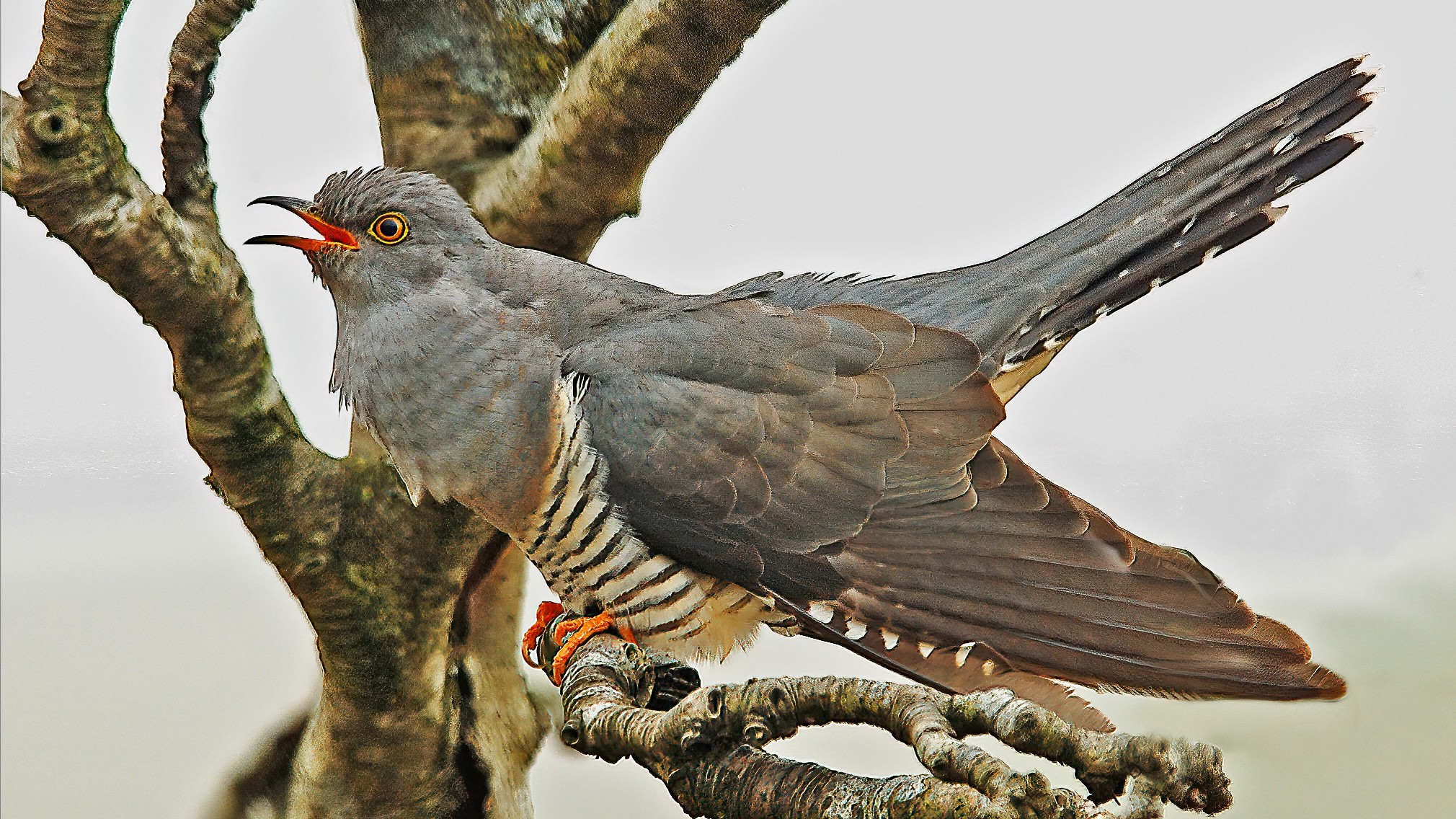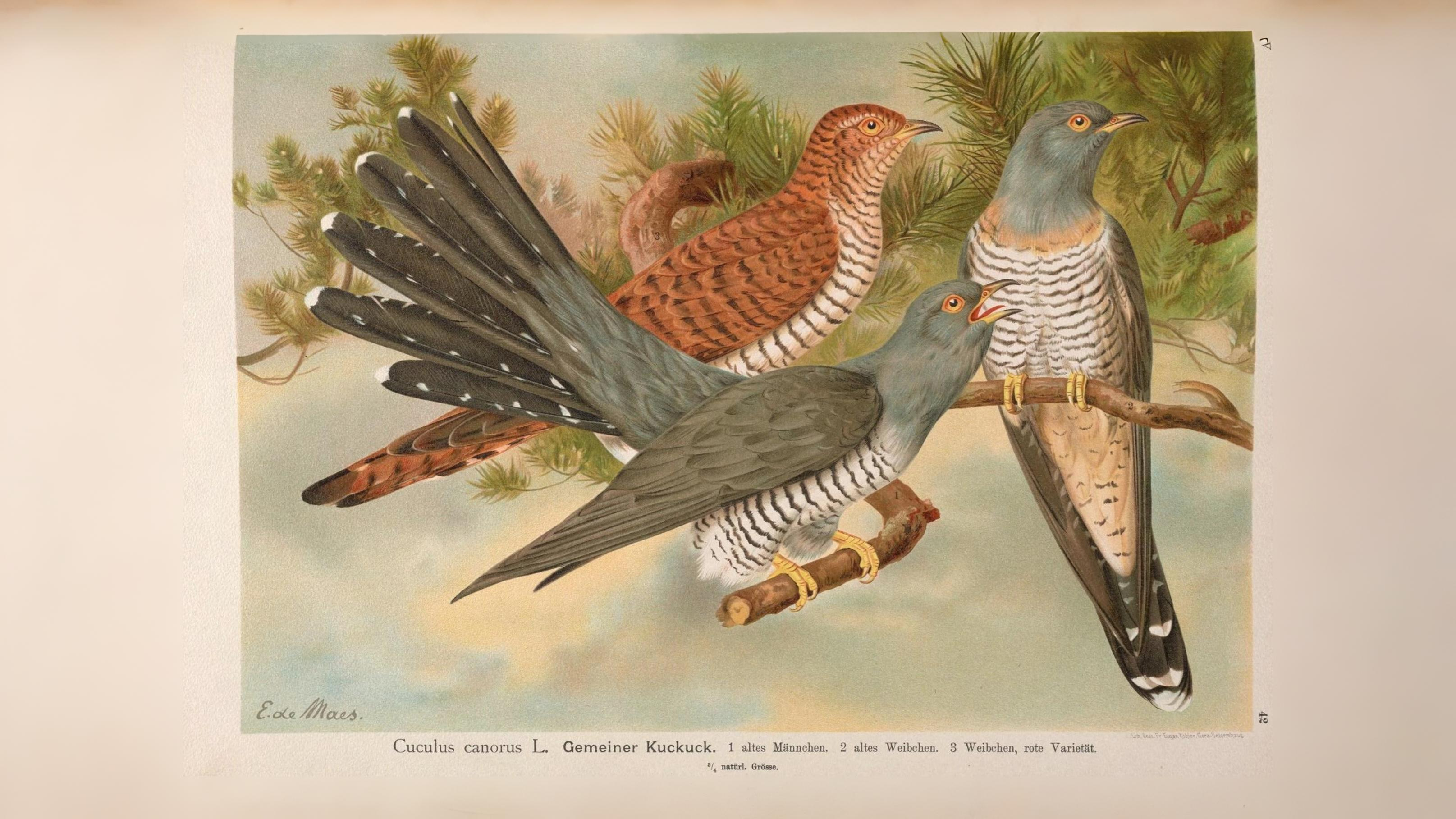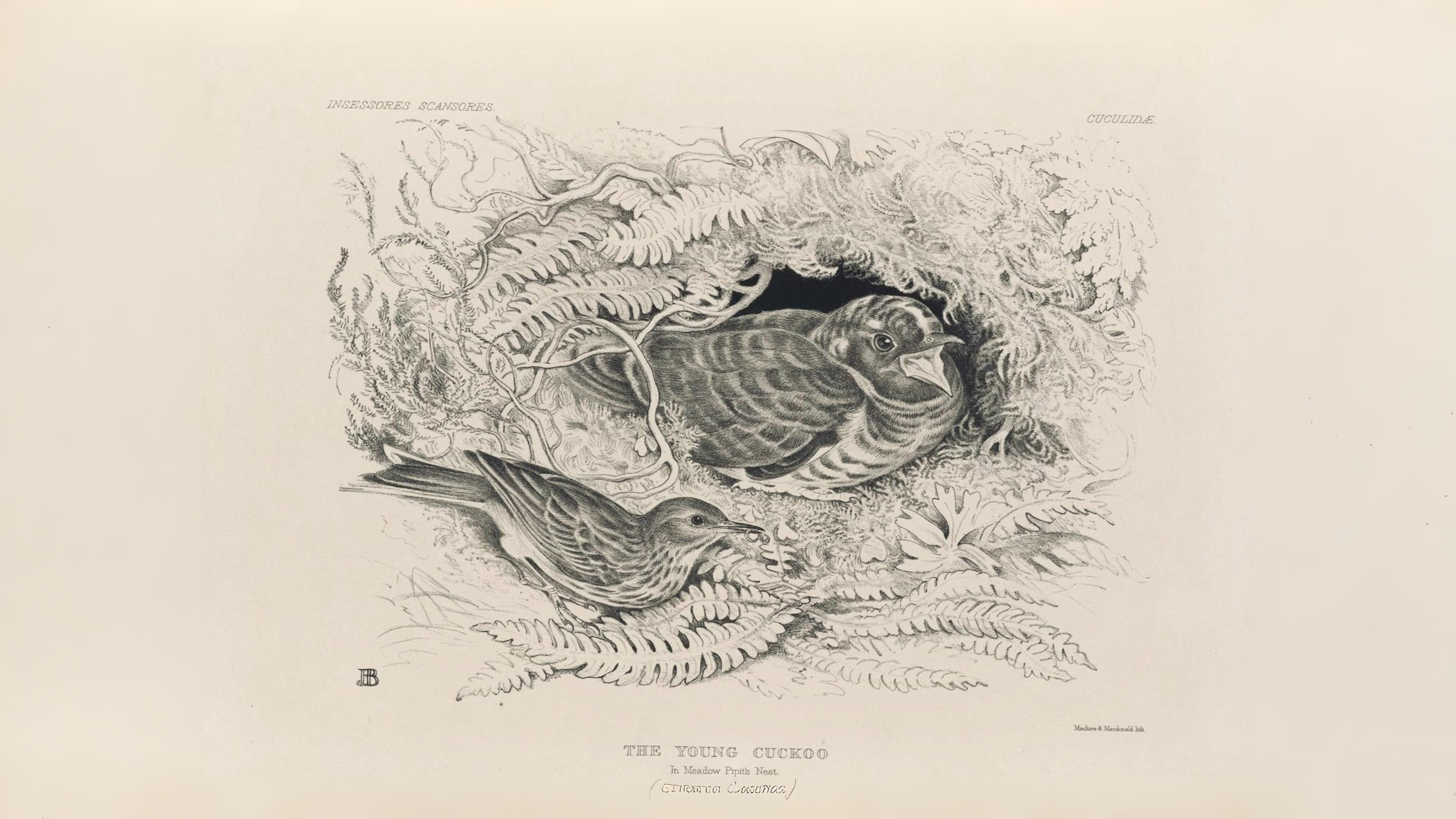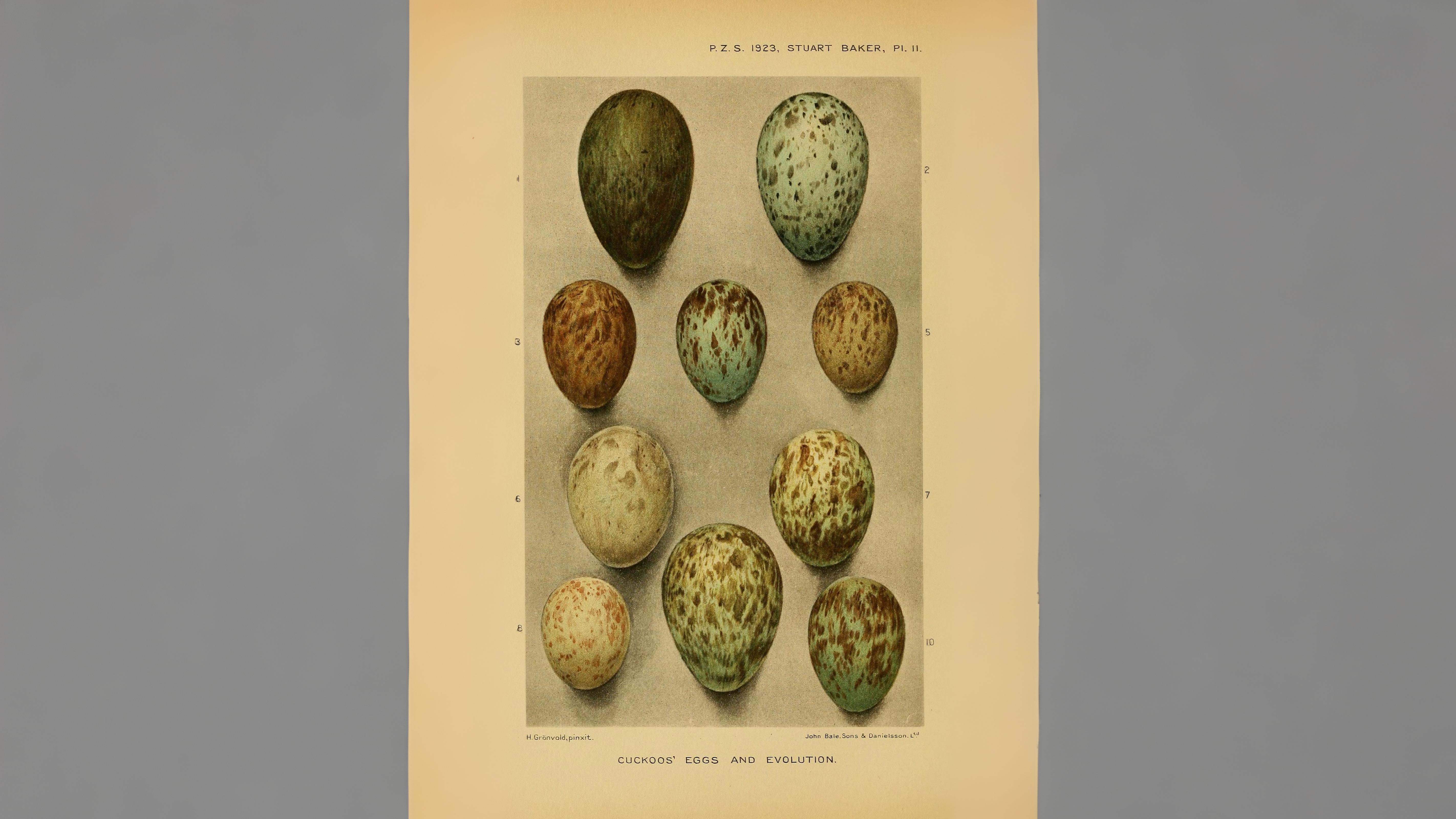They have large territories, but seem to be parasitizing nests further and further out. They also seem to be heard more on the northern edge of London, with Essex doing best. This may be due to the numbers of reed warblers which have now become their favoured host in our area. Cuckoos lay exceedingly small eggs considering their size, and about twenty of them. The young cuckoos increase in weight fifty fold in their first three weeks.
The onomatopoeic call was listened for intently in the past. The familiar saying
“In April come he shall
In May he sings all
In June he changes his tune”
refers to the call changing in June to a three note ‘cuck cuck oo’. The female answers with her distinctive bubbling trill. In Somerset, where the bird tends to be called ‘coo-coo’, it was traditional to turn the money in your pocket when you heard the call, ensuring it would increase during the forthcoming year. In Shropshire, on hearing the first cuckoo, labourers would stop work and drink ‘cuckoo ale’. There is much other folklore associated with this bird. ‘Cuckoo’ has also come to mean foolish. In Shakespeare’s Henry 4th Part I, Falstaff calls Prince Hal “cuckoo”.
